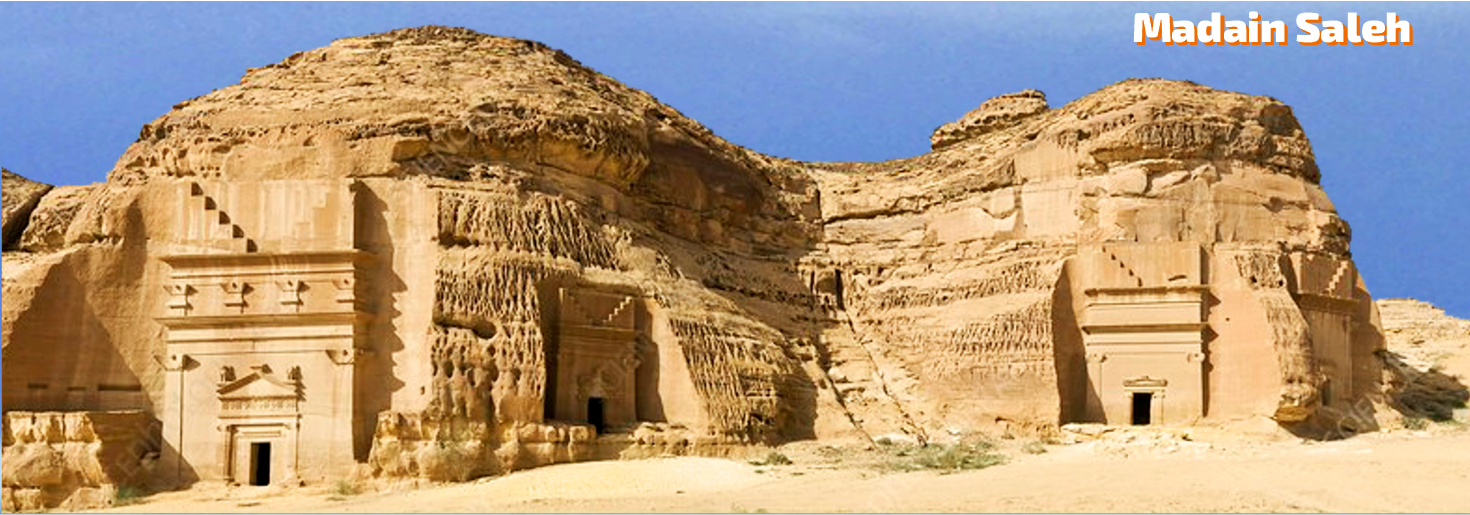
The Nabatean Kingdom - Umrah Extension
Al-Ula, Dedan, Ikmah, Madain Saleh, Tabuk, Tayyeb Al-Ism
Discovery, Culture, History, Relaxation
This program may be operated for individuals & groups

Al-Ula, Dedan, Ikmah, Madain Saleh, Tabuk, Tayyeb Al-Ism
Discovery, Culture, History, Relaxation
This program may be operated for individuals & groups
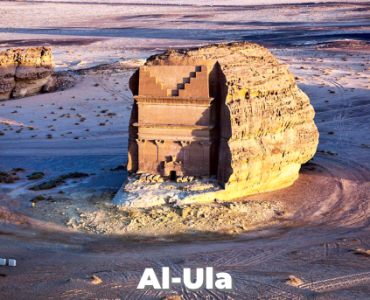


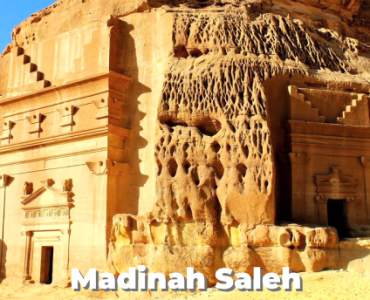
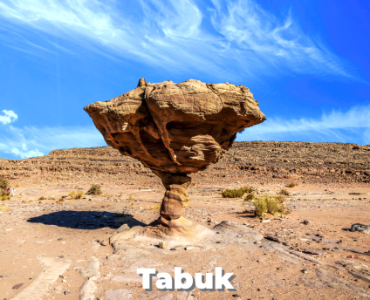
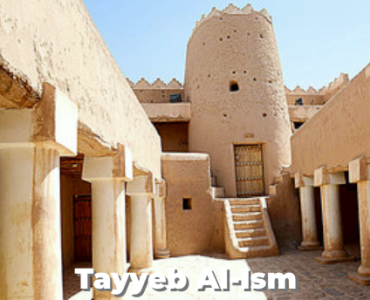
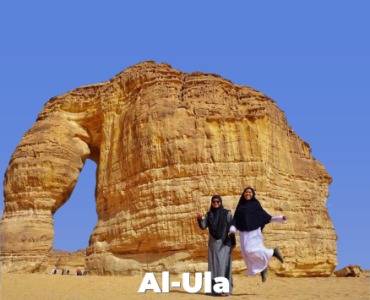
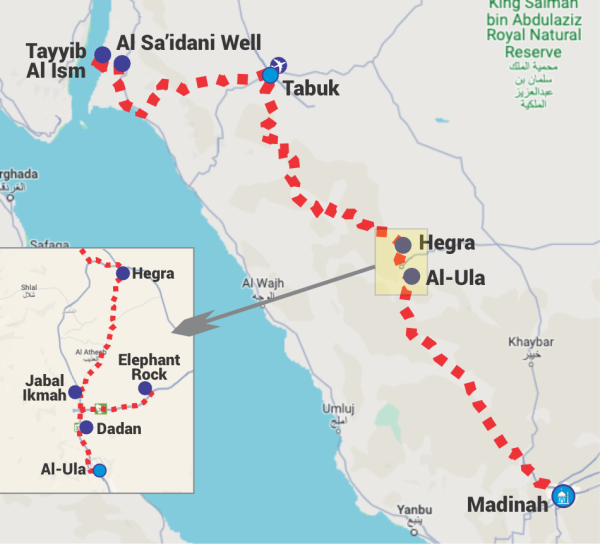
Tour Includes:
.
Tour does not include:
*** Prayers: In addition to the prayers described in the itinerary, the pilgrims will have the opportunity to complete their Salah every day of their stay..
.
Hotels in your Tour:
| City | Hotel Name | Rating (Out of 5) | |
|---|---|---|---|
| First Class | |||
| Al-Ula | Shaden Resort | 4 | |
| Tabuk | Swiss Inn | 4.5 | |
| First Class | |||
| Al-Ula | Habitas Resort | 4.5 | |
| Tabuk | Grand Millennium | 4.5 | |
.
Tour Pricing
| Season | Room | 2 pax | 3 pax | 4 pax | 5 pax | 6 pax | 7 -8 pax | |||||
|---|---|---|---|---|---|---|---|---|---|---|---|---|
| First Class | ||||||||||||
| May-Sep | Double | $3,659 | $3,089 | $2,315 | $2,239 | $1,869 | $1,749 | |||||
| Single | $4,315 | $3,739 | $2,969 | $2,895 | $2,519 | $2,399 | ||||||
| Oct-Dec | Double | $3,819 | $3,245 | $2,475 | $2,399 | $2,025 | $1,909 | |||||
| Single | $4,475 | $3,899 | $3,129 | $3,055 | $2,679 | $2,559 | ||||||
| Triple Discount | $79 | |||||||||||
| Deluxe | ||||||||||||
| May-Sep | Double | $4,059 | $3,609 | $2,705 | $2,669 | $2,255 | $2,135 | |||||
| Single | $5,049 | $4,599 | $3,699 | $3,659 | $3,245 | $3,125 | ||||||
| Oct-Dec | Double | $4,359 | $3,905 | $2,999 | $2,965 | $2,549 | $2,429 | |||||
| Single | $5,349 | $4,895 | $3,995 | $3,955 | $3,539 | $3,419 | ||||||
| Triple Discount | $65 | |||||||||||
Changes
Changes to this program may be requested by phone to 1-347-610-1819 or email to sales@Intraplan.net
Airfare
We also be glad to adjust the airfare from your gateway so you take advantage of our special discounted leisure fares
Program
We can revise the itinerary to spend more time and provide more depth in those areas that you are interested on.
Any other changes to the itinerary will be accommodated depending on the facilities available in the area.
Other options
The program was designed with private services
If you prefer deluxe services, we may operate this program including private driver, private guide and concierge service.
Lunches and dinners can be arranged for individuals, families and groups at top restaurants or any restaurant requested by you.
Quotation
Once we have designed the program the way you want, we'll give you a quote within 2 business days.